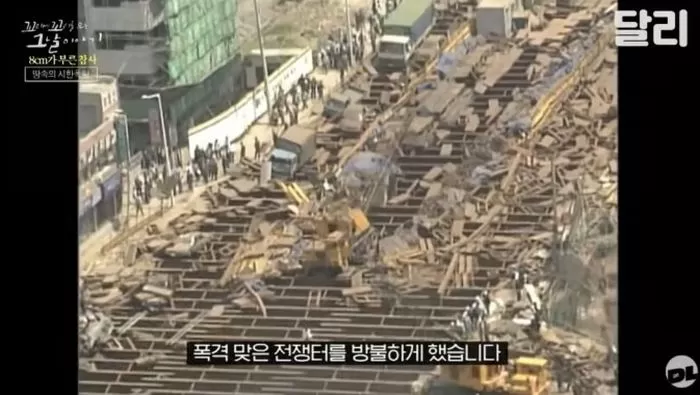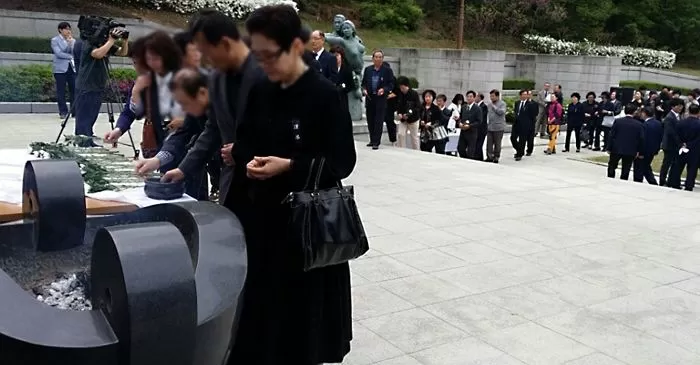Daegu Sangin-dong Gas Explosion Accident: The Tragedy and Lessons of That Day
On April 28, 1995, a large-scale gas explosion occurred at the intersection of Sangin-dong, Dalseo-gu, Daegu, marking the worst city gas accident in the history of the Republic of Korea.

This accident began during the foundation work for the construction of the Daegu Department Store Sangin branch, when a city gas line was damaged, leading to significant loss of life. The leaked gas flowed through the sewage system into the construction site of subway line No. 1, and an explosion occurred around 7:52 AM due to an unexplained fire.
As a result of this horrific incident, 101 citizens lost their lives and 202 were injured.
The streets and buildings were transformed into a wasteland as if they were a battlefield, with 346 buildings and 150 vehicles severely damaged, along with the subway construction site and surrounding facilities. The casualties among the students of Yeongnam Middle School, who were on their way to school that morning, were particularly shocking.
Among the deceased were 38 students from Yeongnam Middle School and their homeroom teacher, and the tragic loss of a pair of twin brothers was especially heartbreaking.

Surviving students recalled, "In an instant, red flames engulfed us, and friends began to fall one by one," testifying to the tragedy of that day. The situation was so severe that a total of 15,369 personnel and heavy equipment, including public officials, firefighters, and police, were deployed for emergency response.
The primary cause of the accident was that the department store construction project proceeded in a haphazard manner, ignoring regulations. Illegal excavations were conducted without a safety impact assessment, and there was a lack of information systems regarding underground installations. Moreover, the failure to report the damaged gas line immediately exacerbated the damage.
In response to the accident, the government implemented measures to prevent recurrence, including the establishment of a permanent special safety inspection team, the creation of a geographical information system for the maintenance and management of underground installations, and the mandatory carrying of gas detectors for gas leak detection. Additionally, measures were taken to enhance rescue equipment and train specialized personnel.
Image source: 20th anniversary memorial service in 2015 / News1


